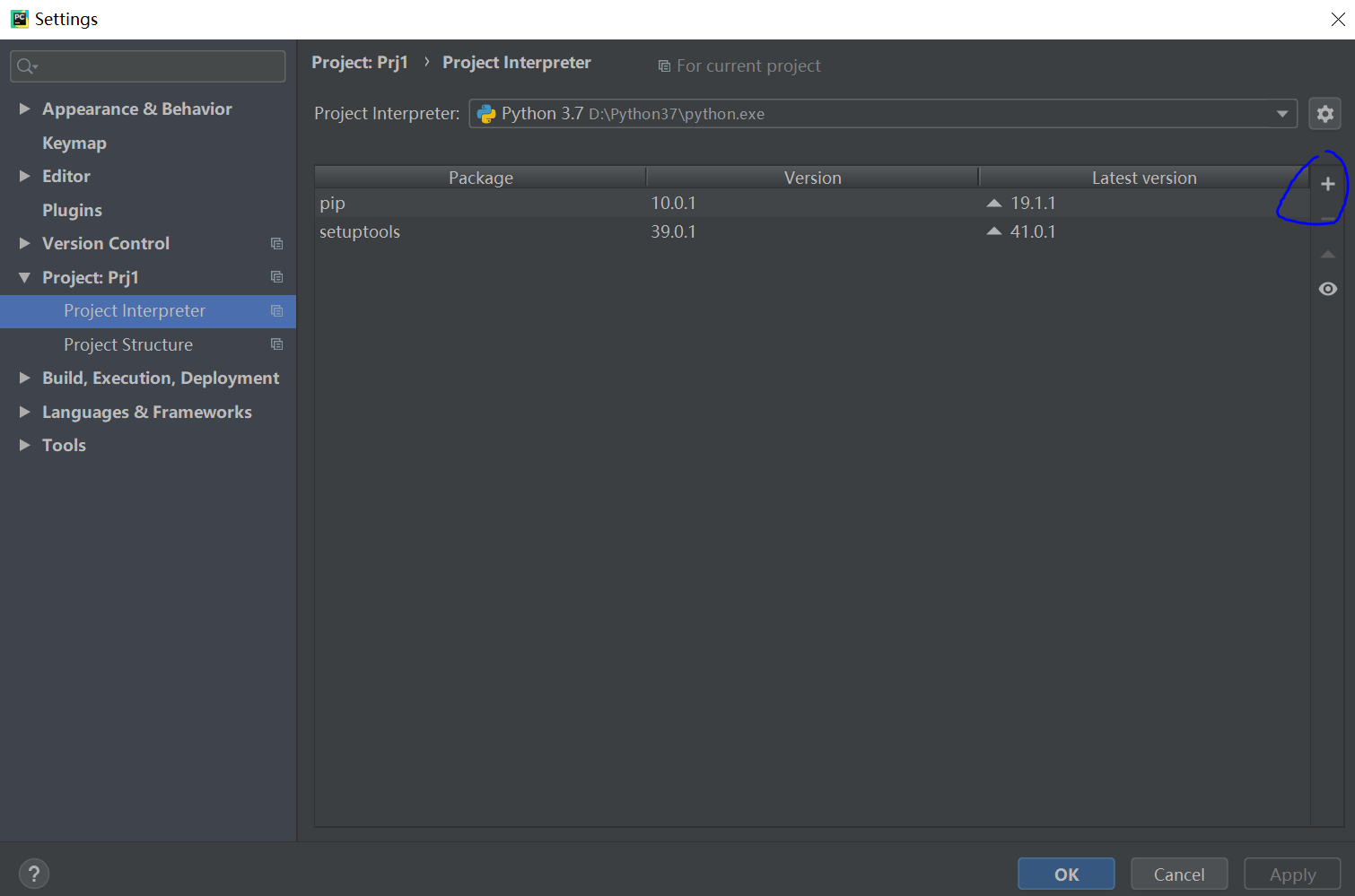
- #Using pycharm community on windows with env install#
- #Using pycharm community on windows with env full#
- #Using pycharm community on windows with env code#
Note that if you ignore a suggestion to create a Conda environment, P圜harm won't create a Python interperter for your project. Once you click OK, P圜harm creates an environment and installs all the required packages. Keep the suggested options, or specify an alternative Conda executable. If no Conda environment has been created for this project, P圜harm suggests creating it: 1.4 Setting up P圜harm Community version to use Anaconda Python.
#Using pycharm community on windows with env install#
Open any directory with your source files that contains the environment.yml file: select File | Open from the main menu and choose the directory. During the Windows Installation: Check off the box for Download and install JRE x86. Create a Conda environment using the environment.yml file jre-8u271-windows-i586.exe) or Windows 圆4 ( jre-8u271-windows-圆4.exe) version depending on whether your Windows is 32-bit or 64-bit. P圜harm can create a Conda environment for your project based on the environment.yml file. If you select any of the existing virtual environments from the Interpreter list, it will be reused for the current project. Select the Make available to all projects checkbox if you want to reuse this environment when creating Python interpreters in P圜harm. You're basically looking for a path that you've used when installing Conda on your machine. Specify the location of the Conda executable file in the text field, or click and find location in the Conda installation directory. You can then enter the urls.py filename for the new file: With the newly created urls.py file open in the P圜harm editor, add the following contents: myapp/urls.py. Note that the directory where the new Conda environment should be located, must be empty! Right-click the myapp subdirectory in the Project manager and select New Python File from the popup menu. Specify the location of the new Conda environment in the text field, or click and find location in your file system. The following actions depend on whether the Conda environment existed before. In the left-hand pane of the Add Python Interpreter dialog, select Conda Environment. Select Add Local Interpreter from the list of the available interpreter types. Click the Add Interpreter link next to the list of the available interpreters. Press Ctrl+Alt+S to open the project Settings/Preferences and go to Project | Python Interpreter.


Refer to the installation instructions for more details.Ĭlick the Python Interpreter selector and choose Add Interpreter.
#Using pycharm community on windows with env code#
Its source code is part of the IntelliJ platform and can be found on GitHub where you can also fork and.

You’re free to use it whenever, and wherever, you like, including at work.
#Using pycharm community on windows with env full#
It has full support for Python, including code insight, debugging capabilities, testing, and more. Use the platform switcher at the top of this page to view shortcuts specific to your operating system.Įnsure that Anaconda or Miniconda is downloaded and installed on your computer, and you're aware of a path to its executable file. The community edition of P圜harm is free and built on open source. The following procedure applies to all supported operating systems. P圜harm supports creating virtual environments for Python with Conda.


 0 kommentar(er)
0 kommentar(er)
